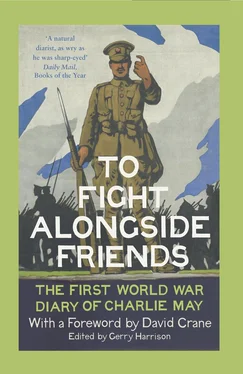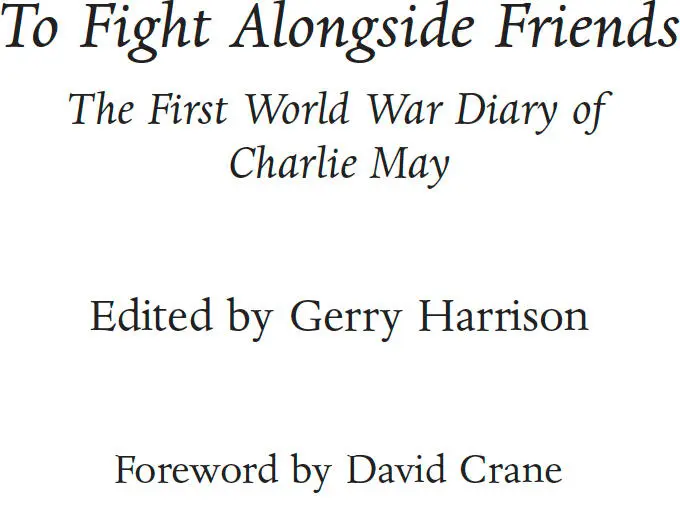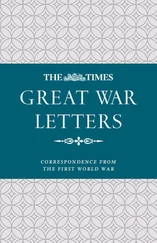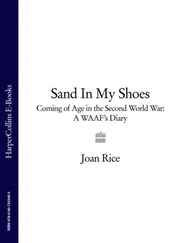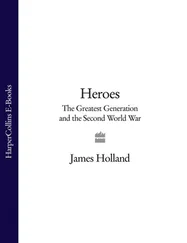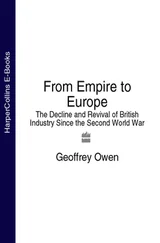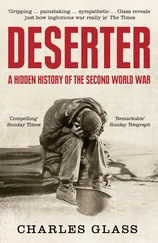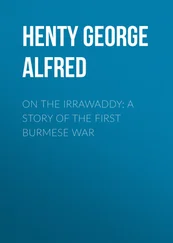
William Collins
An imprint of HarperCollins Publishers
1 London Bridge Street
London SE1 9GF
WilliamCollinsBooks.com
This William Collins paperback edition published 2015
First published in Great Britain by William Collins in 2014
Copyright © Gerry Harrison 2014
Foreword copyright © David Crane 2014
Gerry Harrison asserts the moral right to be identified as the editor of this work.
Maps © John Gilkes
Cover image © IWM
A catalogue record for this book is available from the British Library.
All rights reserved under International and Pan-American Copyright Conventions. By payment of the required fees, you have been granted the non-exclusive, non-transferable right to access and read the text of this e-book on screen. No part of this text may be reproduced, transmitted, down-loaded, decompiled, reverse engineered, or stored in or introduced into any information storage and retrieval system, in any form or by any means, whether electronic or mechanical, now known or hereinafter invented, without the express written permission of HarperCollins.
Source ISBN: 9780007558551
Ebook Edition © July 2014 ISBN: 9780007558544
Version: 2015-10-13
Praise for To Fight Alongside Friends :
‘What shines through like sunshine is Charlie May’s default belief in service to country, his quiet commitment to others over self, and his sheer decency. You could bet your life on Charlie. And, in a way, we did’
The Times
‘[We] want to hear the voices of those who were there, unencumbered by 21st-century prejudices … To Fight Alongside Friends [is] the disarmingly jaunty, previously unpublished diary of Captain Charlie May … beautifully edited and minutely annotated’
Sunday Times
‘By 1 July 1916, when the last diary entry was entered at 5.45 a.m., the reader feels that they know Charlie May, and what follows comes as a shock, as if a cinema reel had broken in mid-reel’
Financial Times
‘Every so often one comes across a diary where it is the sense of personality behind it that lifts it out of the ordinary: such a diary is that of Captain Charlie May’
David Crane
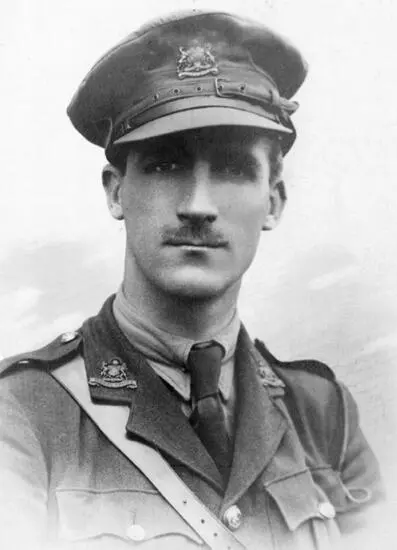
Captain Charlie May, in the summer of 1915, before his departure for France.
Contents
Cover
Title Page
Copyright
Praise
List of Illustrations
Maps
Foreword by David Crane
Prologue: ‘A pippy, miserable blighter’
Chapter 1: ‘And all because it is war!’
Chapter 2: ‘Mud caked to his eyebrows’
Chapter 3: ‘Our past glorious Xmastides together’
Chapter 4: ‘It is the wire that is the trouble’
Chapter 5: ‘Full of brimming excitement about my leave’
Chapter 6: ‘What a game it is!’
Chapter 7: ‘Dry trenches mean happy men’
Chapter 8: ‘Pushes and rumours of pushes fill the air’
Chapter 9: ‘God bless the fool who made that shell’
Chapter 10: ‘The flickering, angry light of a burning village’
Chapter 11: ‘The greatest battle in the world is on the eve of breaking’
Chapter 12: ‘We are all agog with expectancy’
Epilogue: ‘My dear one could not have died more honourably or gloriously …’
Other Writings
Picture Section
Footnotes
Notes
Index of Names
Index
Acknowledgements
About the Author
About the Publisher
Frontispiece
1. Portrait of Captain Charlie May (Photo courtesy of family)
Plates
2. Charles Edward May (Photo courtesy of Jason Bauchop)
3. The steamship Westmeath (© National Maritime Museum, Greenwich, London)
4. Port Chalmers, Dunedin, 1880 (Photo courtesy of Museum of New Zealand Te Papa Tongarewa, Ref: O.24194)
5. Princes Street, Dunedin, 1885 (Photo courtesy of Museum of New Zealand Te Papa Tongarewa, Ref: C.011756)
6. The May-Oatway Fire Alarm (Photo courtesy of Dunedin Fire Brigade Restoration Society Inc.)
7. The May Family in London, about 1905 (Photo courtesy of Susan and Charles Worledge)
8. Lily May’s wedding, 1909 (Photo courtesy Susan and Charles Worledge)
9. Trooper May at camp, King Edward’s Horse (Photo courtesy of family)
10. Charlie outside tent, Salisbury Plain (Photo courtesy of family)
11. Private Richard Tawney (Photo courtesy of LSE, Ref: LSE/Tawney/27/11)
12. Captain Alfred Bland (Photograph courtesy of Daniel Mace)
13. Lieut. William Gomersall (Photograph courtesy of Victor Gomersall)
14. Private Arthur Bunting (Photograph courtesy Adrian Bunting)
15. Maude with Pauline in her christening robe, 1914 (Photo courtesy of family)
16. Maude and Pauline in leather-bound case (Photo courtesy of Regimental Archives, Ref: MR4/17/295/4/4)
17. Maude, Pauline and Charlie, perhaps on leave, Feb. 1915 (Photo courtesy of family)
18. Maude (Photo courtesy of the Regimental Archives, Ref: MR4/17/295/4/4)
19. Pauline, aged about four with Teddy bear, c.1918 (Photo courtesy of the Regimental Archives, Ref: MR4/17/295/4/4)
20. Charlie’s personal diaries (Photo courtesy of the Regimental Archives, Refs: MR4/17/295/1/1-7)
21. Pencil sketch by Charlie, ‘Our Camp in the Bois’ (Photo courtesy of the Regimental Archives, Ref: MR4/17/295/5/1)
22. Charles Edward May, seated, at Imperial School of Instruction camp, Zeitoun, Egypt, 1915 (Photo courtesy of Susan and Charles Worledge)
23. Dantzig Alley British Cemetery (Photograph courtesy of Derek Taylor)
24. Charlie’s headstone, Dantzig Alley (Photograph courtesy of Derek Taylor)
25. Frank Earles, early 1920s (Photograph courtesy of Rosie Gutteridge)
26. Pauline, a friend and Maude in Fontainebleau, France, 1922 (Photo courtesy of family)
27. Pauline’s wedding to Harry Karet, 1950 (Photo courtesy of family)
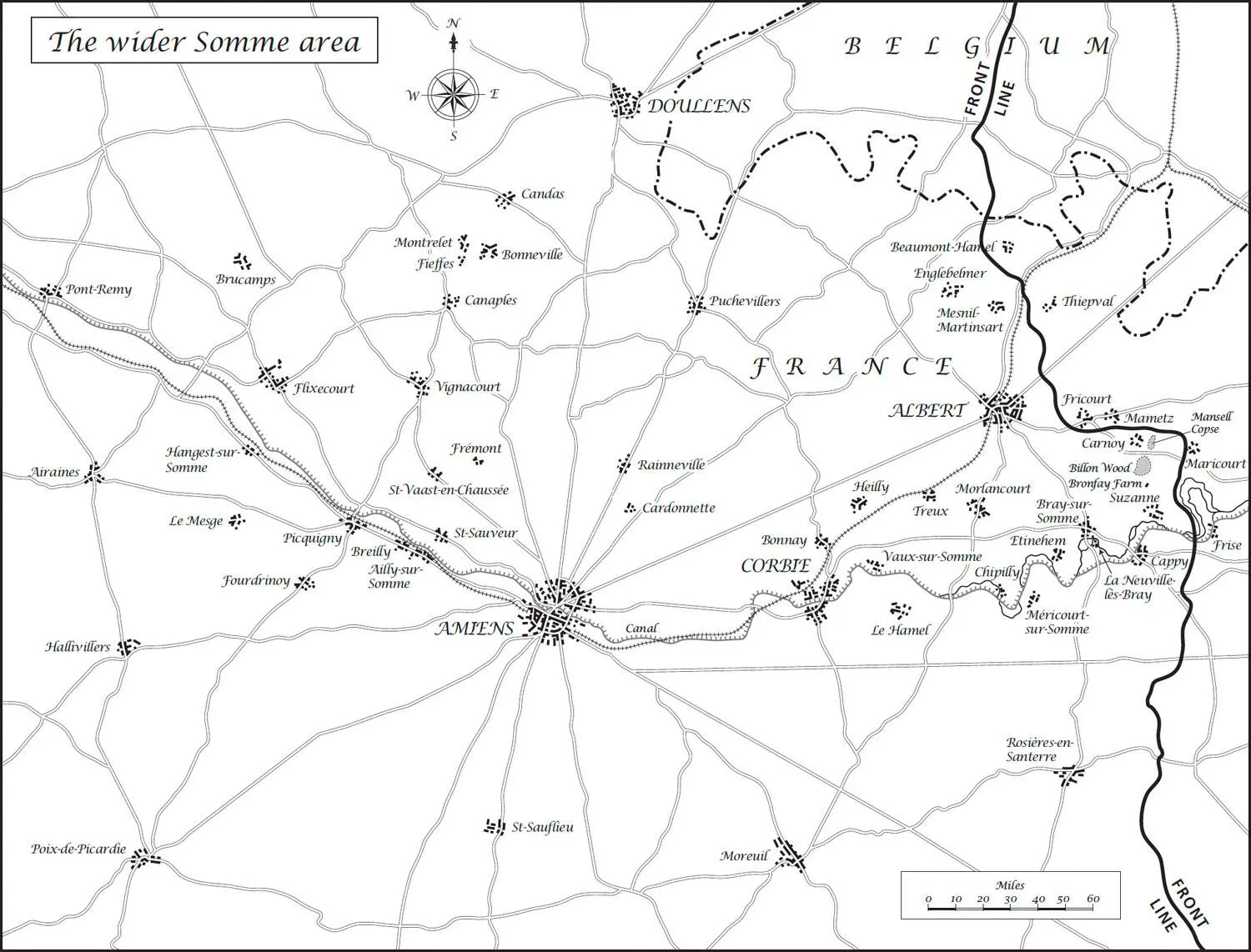
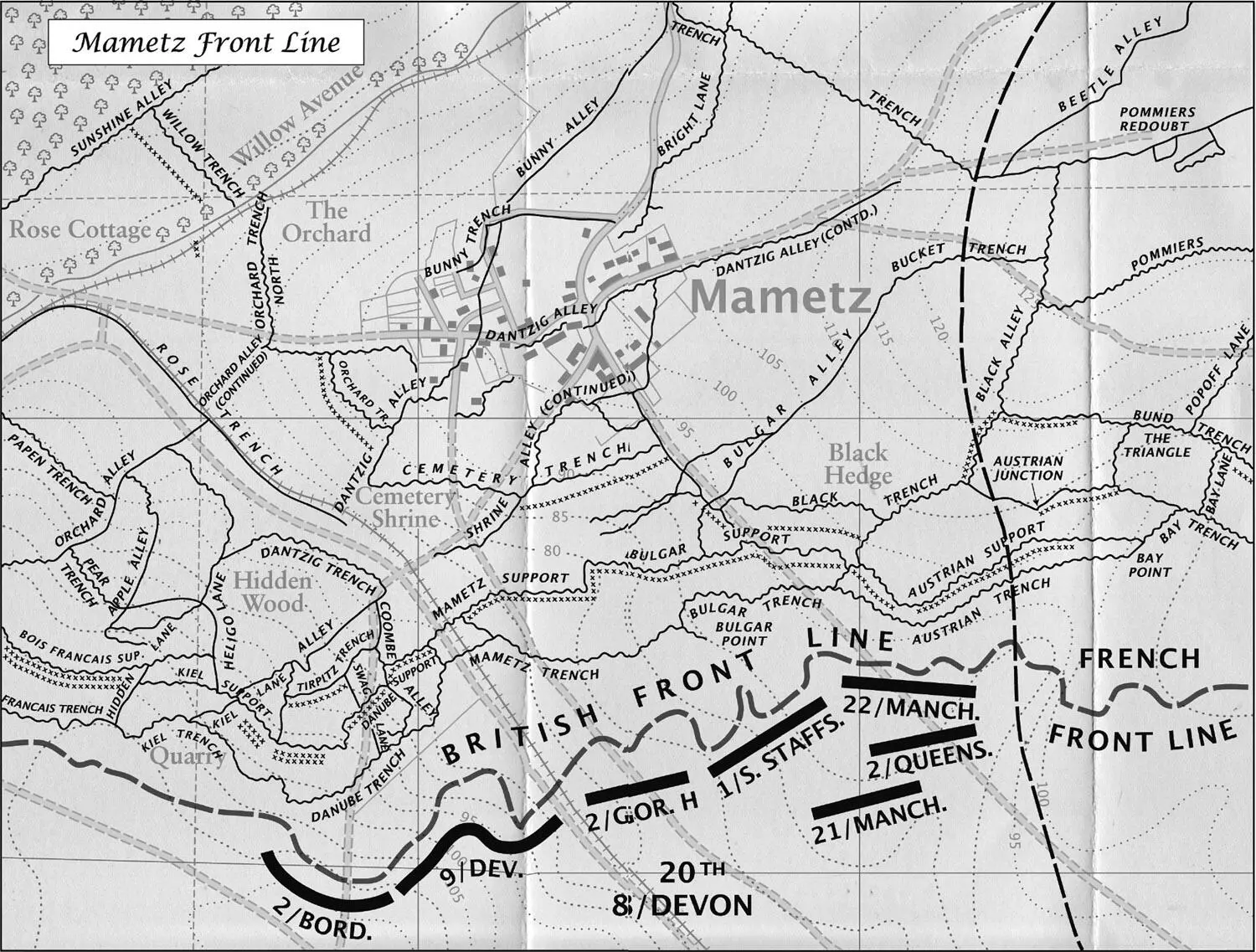
What is it that makes one diary live and another simply die on the page? Nine times out of ten it is down to the intrinsic interest of the material or the quality of the writing; but every so often one comes across a diary where it is the sense of personality behind it that lifts it out of the ordinary: such a diary is that of Captain Charlie May, killed in the early morning of 1 July 1916, leading his men of B Company of the 22nd Manchester Service Battalion into action on the first day of the Battle of the Somme.
There is nothing very remarkable about Charles May, and that is the point about him: from the first page of his diary to the last haunting entries he feels so utterly familiar and recognisable. That is partly because his war was the war that a million men like him knew and endured and has become part of our historic consciousness; but more than that it is because Charlie May is ‘England’ as England has always liked to imagine itself, the England that stood in square at Waterloo and would stand waist-deep in water at Dunkirk, the England of a hundred 1940s and ’50s films, down to his English wife and his English baby daughter and the English batman and the Alexandra rose that he sports into battle – the unassuming, modest, enduring, reliable, immensely likeable kind of Englishman, with his kindness, his tolerance, his loyalty, his certainties, his prejudices, his pipe, his fishing rod, his horse, his good jokes and his bad jokes and his un-showy patriotism, that if you had to spend your war up to your knees in clinging mud you would be very grateful to find next to you: and he is absolutely genuine.
Читать дальше
